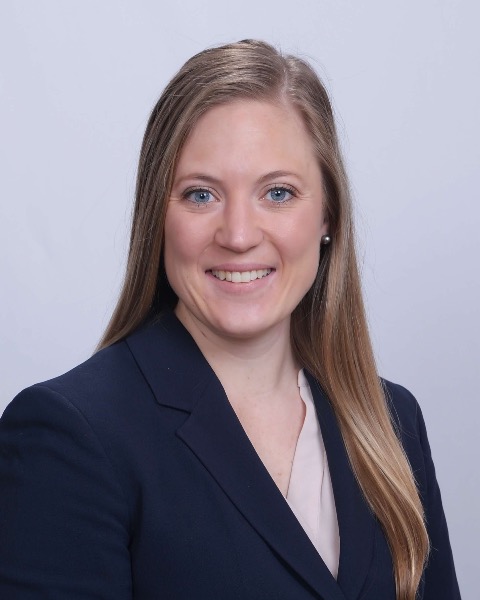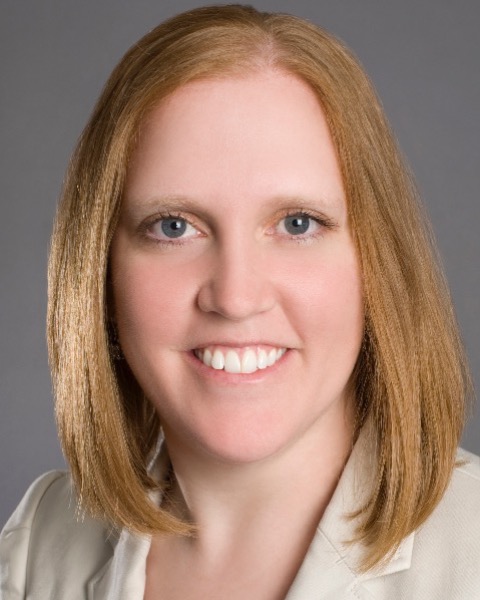Basic Science
Poster Session 3
(710) Variability in Epithelial DNA Yield Isolated from Cervical Mucosa During Pregnancy

Devon O'Brien, MD
Maternal-Fetal Medicine Fellow
University of Missouri-Kansas City School of Medicine
Kansas City, MO, United States
Julie Vircks, DO, MBA, FACOG (she/her/hers)
MFM Fellow
University of Missouri-Kansas City School of Medicine
Kansas City, MO, United States- BB
Brad Belden, BS
Children's Mercy Adele Hall - Genomic Medicine Center
Kansas City, MO, United States - NN
Nick Nolte, BS
Children's Mercy Adele Hall - Genomic Medicine Center
Kansas City, MO, United States - DL
Dan Louiselle, MS
Children's Mercy Adele Hall - Genomic Medicine Center
Kansas City, MO, United States - EG
Elin Grundberg, PhD
Associate Professor
Children's Mercy Adele Hall - Genomic Medicine Center
Kansas City, MO, United States - DM
Devika Maulik, MD
MFM
University of Missouri-Kansas City School of Medicine
Kansas City, MO, United States
Primary & Presenting Author(s)
Coauthor(s)
There are ongoing challenges to studying pathophysiology of perinatal outcomes proximal to cervical architecture. However, epithelial DNA obtained from pregnant cervical mucosa offers a potentially noninvasive way of assessing gestational cervical changes at a genomic level. This study aims to evaluate the feasibility of isolating adequate cervical DNA during pregnancy and characterize the variability of DNA yields during routine clinical speculum exams at various gestational ages.
Study Design:
This is a prospective observational study, with patients recruited from an urban, safety-net hospital. During the prenatal visit, an additional cervical sample was obtained from routine speculum exams with a cytobrush; collected swabs were stored in a DNA transport medium. DNA was isolated using the DNeasy Blood & Tissue Kit (Qiagen) and banked in a -80 degree Celsius freezer. Demographics of participating subjects were collected. Descriptive statistics and multiple regression were utilized for data analyses.
Results:
Forty-three subjects were enrolled in the study, of which 40 had a cervical sample collected at the time of their initial obstetric visit. Gestational age ranged from 7 to 35 weeks with a median of 11.7 (IQR 9.8-16.3). Cervical epithelial DNA was successfully isolated in all viable samples, though the total yield varied widely across all gestational ages (Figure 1), with a median of 11ug (IQR 2,850-23,150). Gestational age, body mass index, and maternal age did not significantly predict the quantity of cervical DNA isolated (R2=0.070, p=0.46).
Conclusion:
Given that there was no correlation between multiple population characteristics and amount of DNA obtained, provider technique likely plays a role. However, this study did demonstrate that adequate cervical DNA can be easily obtained across a range of gestational ages and as part of a routine screening procedure in pregnancy (Pap smear) for downstream genomic analysis requiring typically only 100ng of DNA. Therefore, there could be utility in using this approach for future screening tools when identifying markers for adverse pregnancy outcomes.

